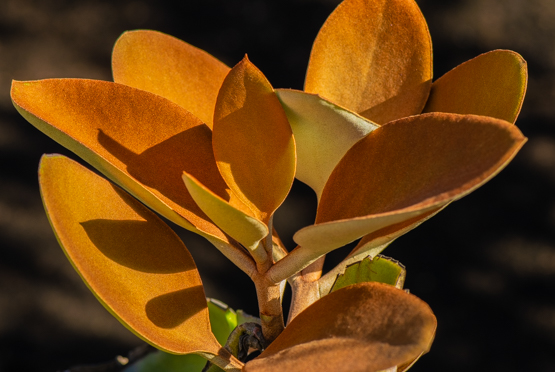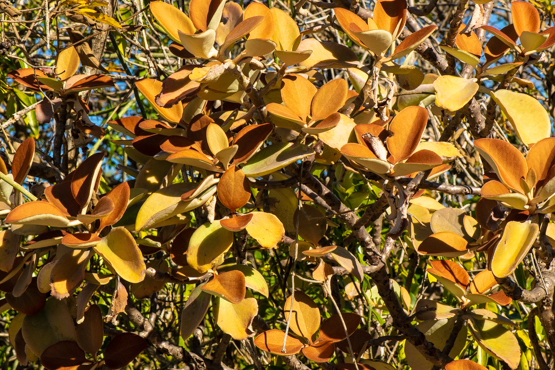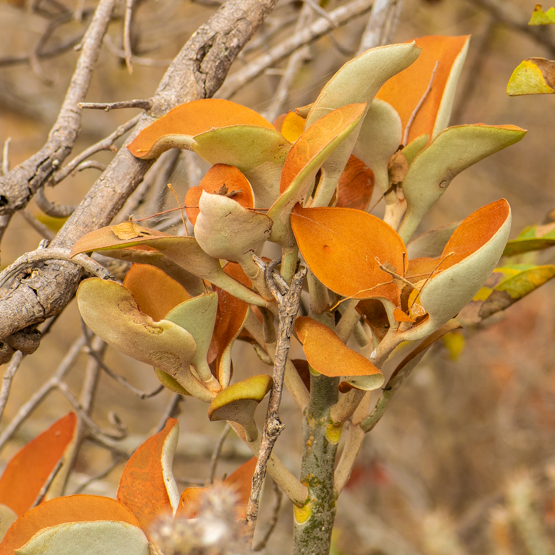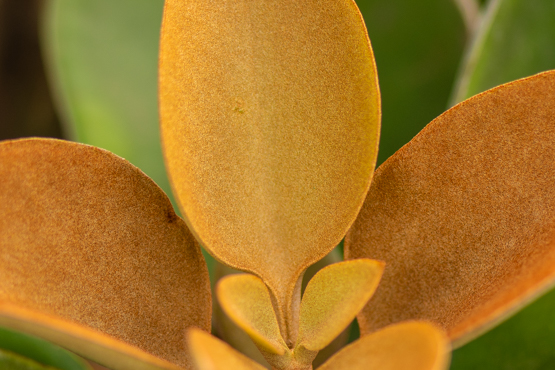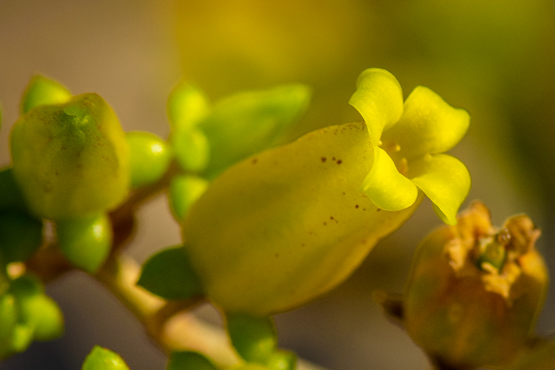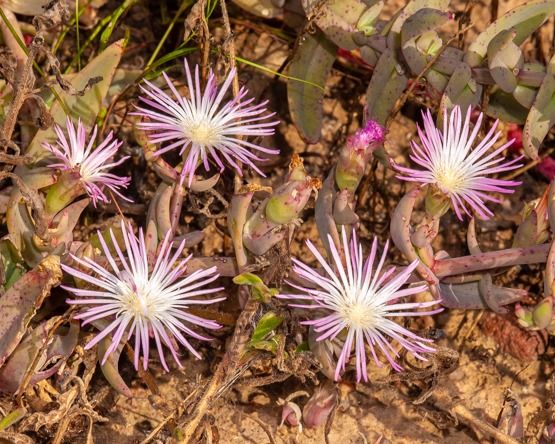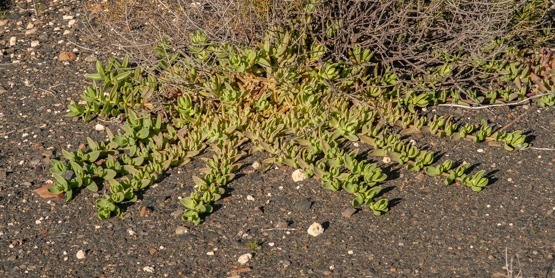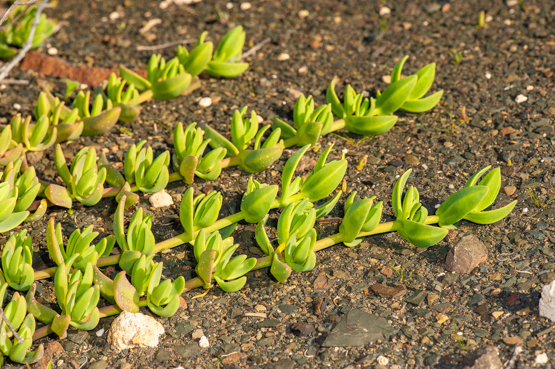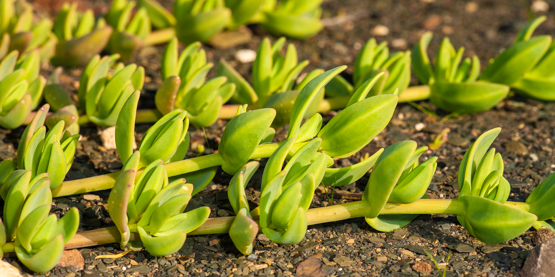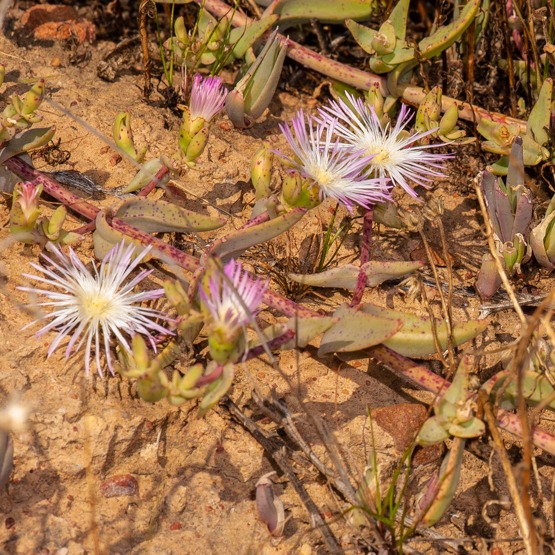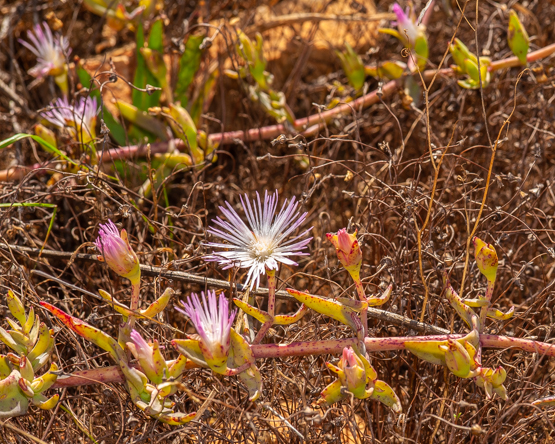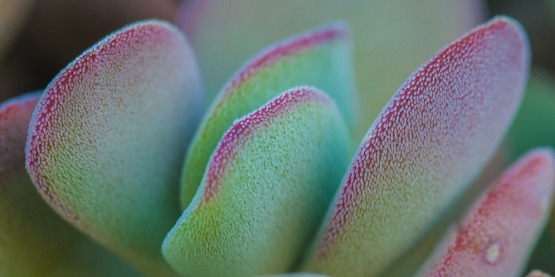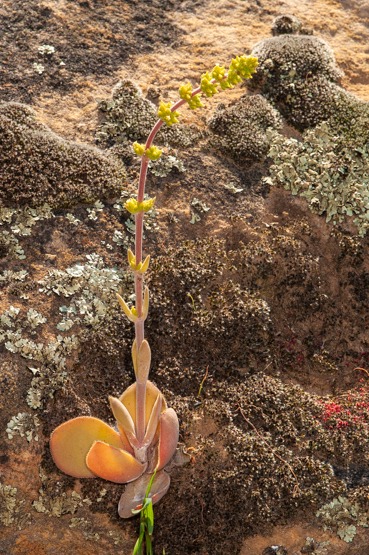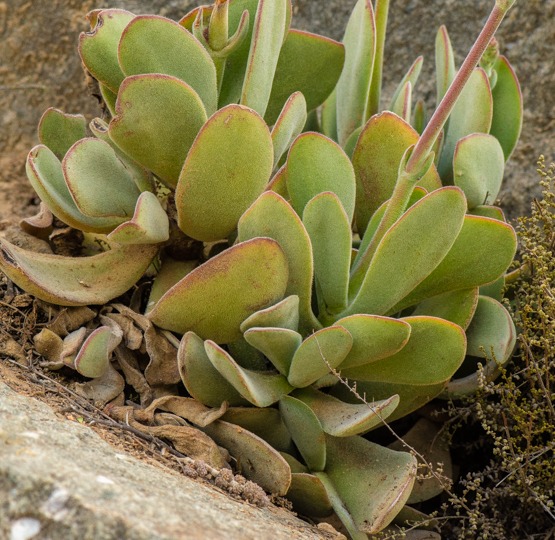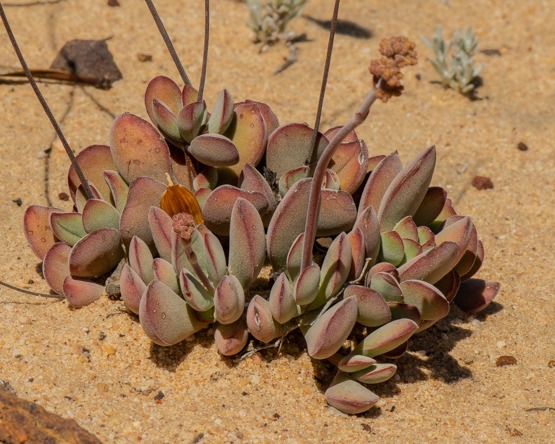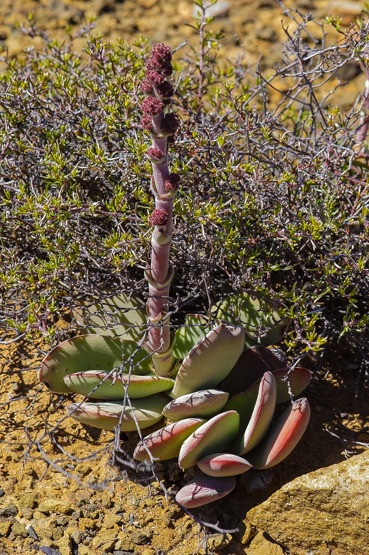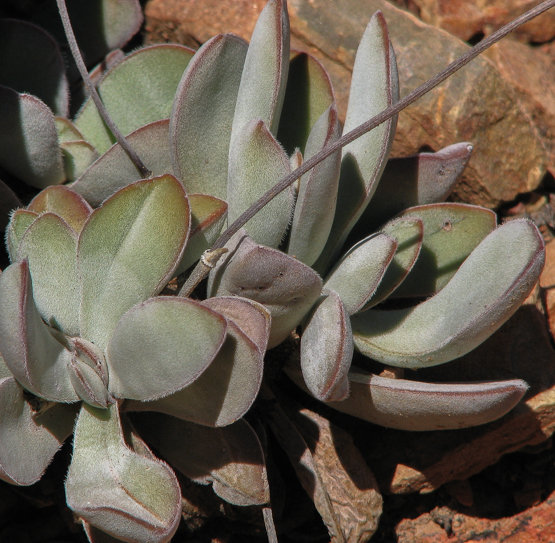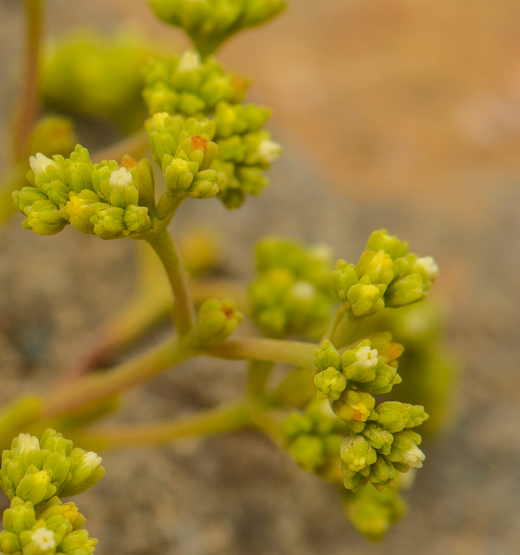Guest column by Theo Heijnsdijk
Succulent fanciers usually are not impressed by Haworthia flowers. On a wispy stalk there are a number of insignificant, mostly dirty white flowers. In H. truncata, the flowers have brownish longitudinal stripes. How different things become when you look at one of those flowers in close-up (fig. 1).

The petals end in gracefully curly transparent slips and the ensemble is reminiscent of a majestic flying swan.
In nature the pollination of the tubular flowers is often done by bee species with extra-long mouthparts. Honey suckers (the African counterpart of the hummingbird) also play a role in pollination.

Haworthia truncata was found in April 1909 by a certain Miss L. Britten on a farm 7 miles from the town of Oudtshoorn in the Little Karoo (Western Cape, South Africa). In 1910, the description by botanist Selmar Schönland appeared in the South African magazine ‘Transactions of the Royal Society of South Africa’. The accompanying plate shows the plant with detailed drawings of the various parts (see fig. 2).
Fig. 2 The plate accompanying the description by Schönland in Transactions of the Royal Society of South Africa (1910).
The formal description is followed by Schönland’s reflection on the morphology and anatomy of this special plant.
Karl von Poellnitz distinguished three forms of H. truncata in 1938: fa. normalis, fa. crassa with thicker and less flat leaves and fa. tenuis which remains much smaller. The latter was described as a variety by M.B. Bayer in 1976.
According to current taxonomic insights, these different names are unjustified and one name is sufficient for all the varieties and forms mentioned: H. truncata subsp. truncata. The closely related H. maughanii is seen as another subspecies: H. truncata subsp. maughanii.
Haworthia truncata is an outsider among the Haworthias. To begin with, the species differs from the standard Haworthia in that the leaves are not arranged in a rosette but are aligned (see fig. 3).

In addition, the leaves, which are almost completely hidden in the ground, are flattened at the top (but with some differences in height) and all at about the same level so that it looks like they have been cut off with a blunt knife just above the ground (truncata means shortened). The cross-section is almost rectangular, so that the whole plant (sideways) is reminiscent of a fan or a multi-armed candlestick. The upright truncated leaves have earned the plant the name ‘Perdetande‘ (Horse Teeth) in South Africa. In Schönland’s drawing (fig. 2) the leaves do not have that typically rectangular shape, but are more similar to the leaves of H. maughanii.
To prevent the growing plant from protruding above the ground, there is another special faculty. The roots have transverse grooves that allow them to contract and thus bring down the plant body. Pretty much like an earthworm can contract.
Schönland explains that the plant, of which only the top of the leaves is visible, looks like a collection of pebbles and therefore does not stand out. In other words: it is a mimicry plant that in this way tries to protect itself from being eaten by animals. In order to receive enough light for assimilation, the leaf surface is somewhat transparent so that the light can penetrate to the assimilating tissue located on the inside of the leaf. This means that H. truncata can be counted among the so-called window plants, which we find mainly in the mesems. Think of Fenestraria, Frithia and several Lithops and Conophytum species. Schönland believes that this type of Southern African plant species that grow in full sun should in fact physiologically be considered to be shade plants.
In South Africa, they use different wording for all this.
In the question and answer section ‘Vra vir Ernst’ of a South African newspaper, I found the following description of H. truncata by Ernst van Jaarsveld:
‟In nature, the Horse Teeth are found in the Klein Karoo, especially in the Oudtshoorn district. They grow partly under bushes in stony conglomerate soil. Only the blunt leaf tips stick out of the ground, like horse teeth. They are difficult to spot and adapted to the arid environment. The leaves like those of beeskloutjies (little cow hoofs = Lithops spp.) are translucent green. In times of drought, the leaves shrink, and the dust covers the plants until they are almost invisible to humans.”
Haworthia truncata remained rare in European collections for quite some time after its discovery in 1909. In the Dutch monthly magazine ‘Succulenta’ it was first written about only in 1932 by the then widely known G.D. Duursma:
“Haworthia truncata Schönl. is a welcome addition of recent years, predestined to become so popular that it will soon be present in many collections.”
Cultivating the species is not particularly difficult. In South Africa, the plant grows and flowers in the rainy season. That’s in September and October. It makes sense to maintain this growing period in the northern hemisphere as well. This means that the plant should receive as much light as possible in these months and be watered regularly. In our climate, growth usually takes place in spring too. In the summer months, shade should be provided in the heat of the day and just enough water should be given to prevent the plant from drying out. The pot should not be too large, because then the soil may remain wet for too long after watering, resulting in rot. In literature it is reported several times that the roots periodically die and that the plant then quickly makes new roots in fresh soil. Like all plants of the Western Cape, the species is not sensitive to cold.
As a rough estimate, H. truncata grows at less than 10 localities in the vicinity of Oudtshoorn and west of it near Calitzdorp. Well-known locations are Dysselsdorp and De Rust, both east of Oudshoorn.

Fig. 4 shows a group on a flat hilltop west of Dysselsdorp. The plants there occur generally in full sun but sometimes also under bushes. The soil is sandy and mixed with large and small stones.
Other succulents Coby has seen there are Cotyledon orbiculata, Aloe humilis and Aloe humilis hybrid (humilis x microstigma), Anacampseros arachnoides, Crassula capitella ssp.thyrsiflora, Crassula subacaulis, Duvalia species, Quaqua spec., Stapelia spec, Gasteria spec, various mesems and caudiciform plants. A true paradise for succulent fanciers.
Between Dysselsdorp and Kammanassie Dam (about 10 km to the south), a small variation occurs in which the leaf edges usually have small, pointed protrusions reminiscent of hairs. This form was described by German Ingo Breuer as var. minor (fig. 5, photo Robert Wellens). Later on, Breuer elevated this variety to a separate species: H. papillaris.

Fig. 5 Haworthia truncata var. minor VA 6718 (photo Robert Wellens).
At Van Wykskraal, about 5 km from Dysselsdorp, a natural hybrid with H. arachnoidea seems to grow.
The populations have suffered severely from the collecting frenzy of succulent lovers and traders. In addition, there is habitat destruction due to increasing urbanization of the area. On the Red List of endangered South African plants, the species has been given the status ‘vulnerable’.
In addition to the natural hybrids, there are countless artificial ones, often with variegated leaves or different folds of the leaf surface. Worth mentioning is the hybrid “Lime Green” (fig. 6, photo Robert Wellens), probably a cross with H. cuspidata, although H. cymbiformis is also considered to be a possible parent.

Of H. maughanii (fig. 7-9) only one locality, south of Calitzdorp, is known. The area is less than 1 km2. Here too, a lot of damage has been done by succulent hunters and there is also damage from ostriches trampling the plants. All this has led to the status of ‘Critically Endangered’ for this species. The habitat of this species partly overlaps with that of the form of H. truncata which was described as fa. crassa and there are all kinds of natural hybrids in this area.


|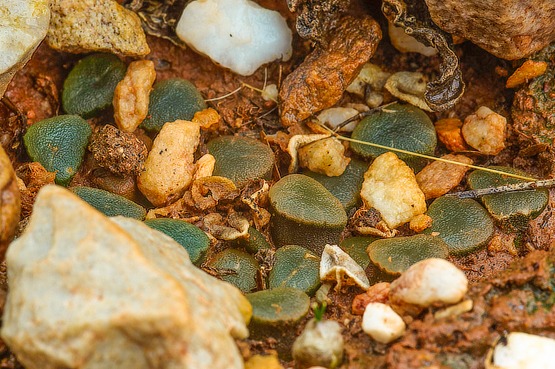
Fig. 9 Haw. truncata v. maughanii in habitat. Photo Frans Noltee
Literature:
–Duursma, G.D. (1932) Haworthia truncata, Succulenta 14 (7): 169-172.
–Jaarsveld, E. van (2001). Vra vir Ernst, Lastige molkrieke en die biologiese bekamping van plae, Die Burger, Kultuurkroniek, http://152.111.1.87/argief/berigte/dieburger/2001/09/08/4/19.html
–Schönland, S. (1910). On some points in the morphology and biology of a new species of Haworthia, Transactions of the Royal Society of South Africa 1 (2): 391-394.
–Red list of South African Plants, http://redlist.sanbi.org/genus.php?genus=2215
First published in Succulenta 93, 2014-2. Translated from Dutch by Frans Noltee.
